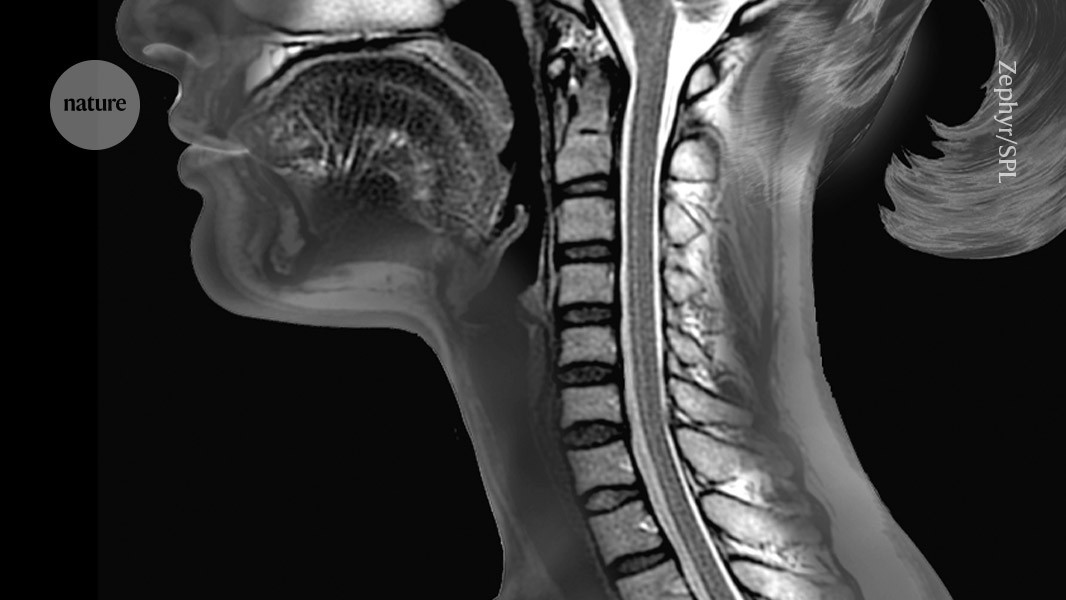
In a groundbreaking study, Swiss Federal Institute of Technology in Geneva neurobiologist Mark Anderson and his colleagues have published their research revealing the development of a four-dimensional spinal cord injury (SCI) model in mice. This cell atlas provides a comprehensive view of nearly half a million cells responding over time to varying injury severities, a pivotal step towards enhancing our understanding and treatment of SCI.
The significance of the cell atlas, as detailed in a recent Nature publication, lies in its potential to guide the creation of mechanism-based therapies tailored to spinal cord injuries. The atlas was constructed using sophisticated machine-learning algorithms, which analyzed extensive RNA sequencing and cell-biology technique data, now accessible through an online platform. Neuroscientist Binhai Zheng, from the University of California, San Diego, highlights the atlas as a treasury of information that could propel forward hypotheses concerning SCI.
Analyzing spinal cord sections from 52 mice, both injured and uninjured, across several post-injury time points, the researchers explored how 482,825 cells reacted to damages. Key findings emerged about how immune cells infiltrate and cause inflammatory responses at the injury site—processes that while protective against infection, can also hinder healing and worsen lesions. The peak of this immune cell activity was observed between seven and fourteen days following the injury.
Source: Nature.com
